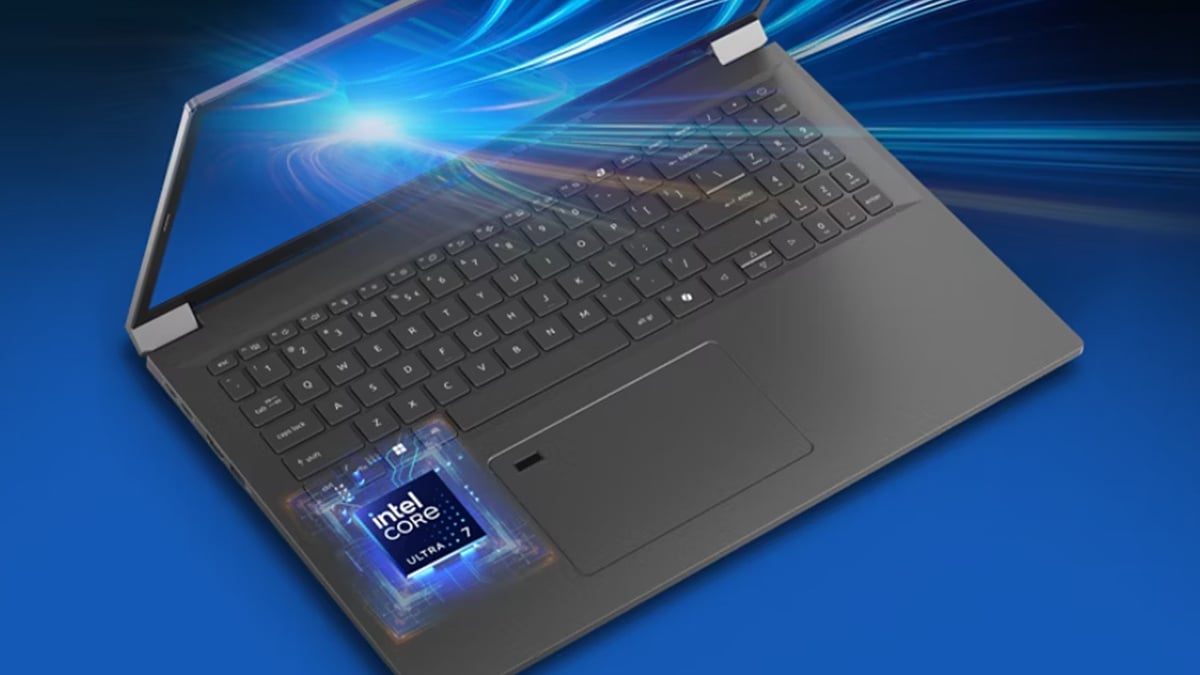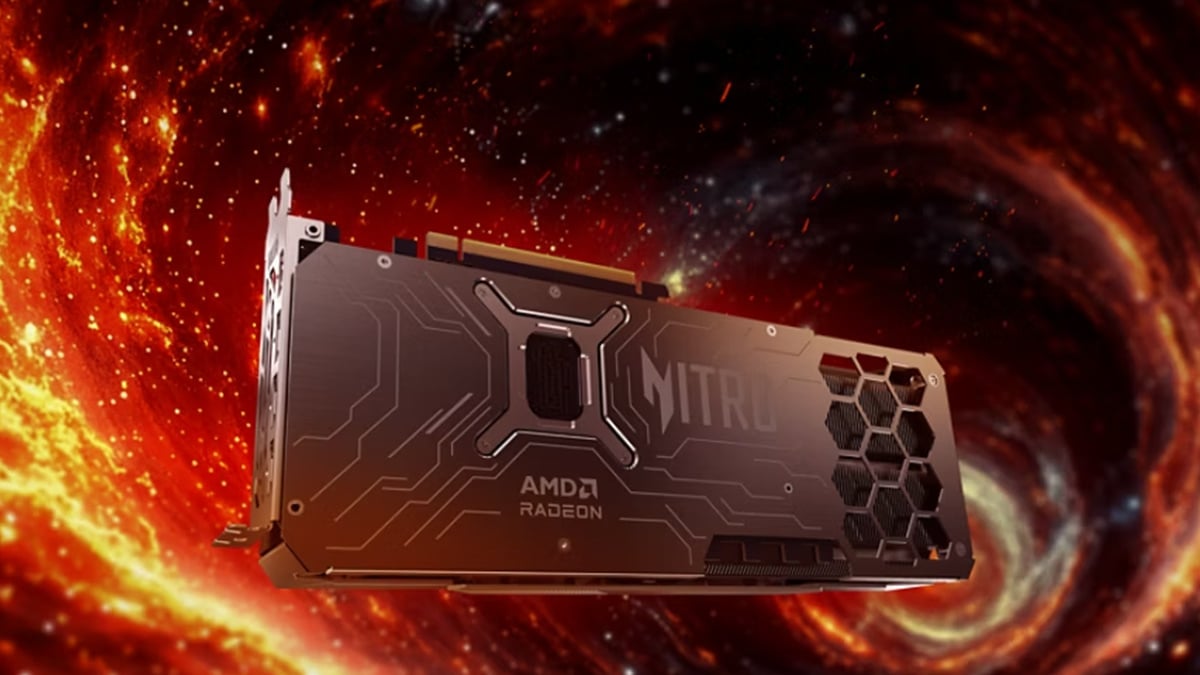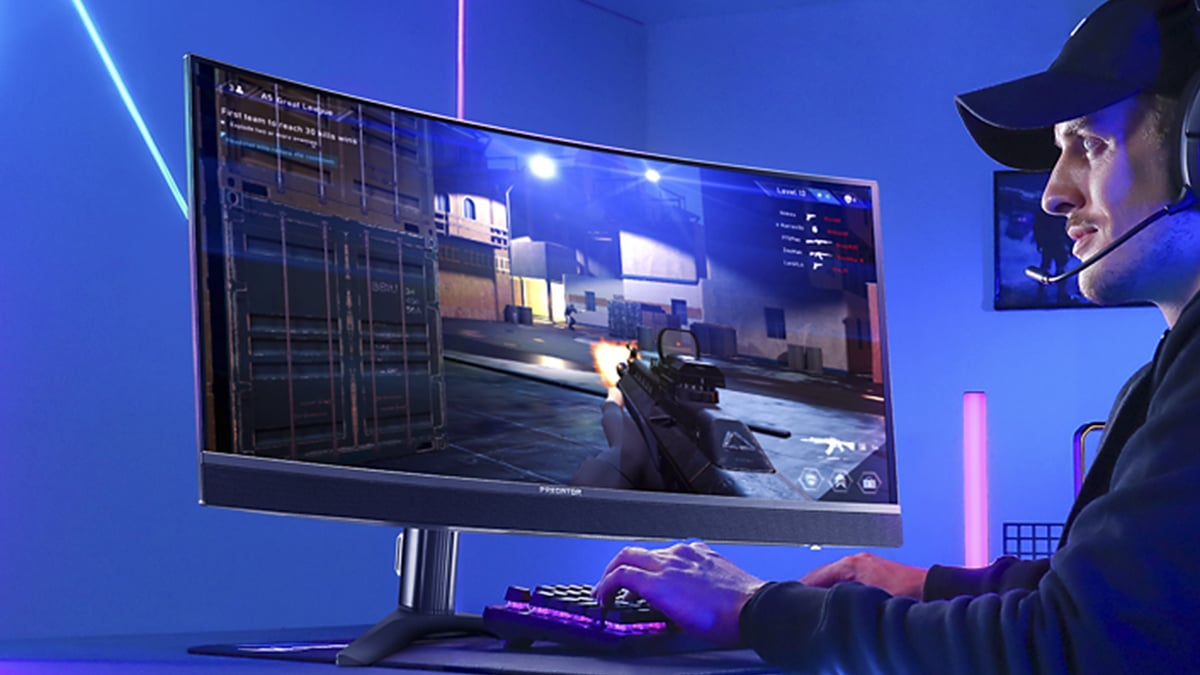PC Tuning Guide: Overclocking vs Undervolting
This article explains overclocking vs undervolting, showing how pushing your hardware to its limits or running it more efficiently can impact your PC’s performance. We'll define these terms, describe their effects on your hardware, and discuss if combining both methods is practical or beneficial.
What is overclocking?
Overclocking is the process of increasing the clock speed of your hardware beyond the manufacturer's recommended settings. Clock speed determines how fast your components, like the CPU or GPU, perform tasks. By raising these speeds, your PC can handle demanding applications and games more smoothly.
Gamers and tech enthusiasts often use overclocking to squeeze out extra performance without upgrading hardware. For example, boosting your CPU speed can improve frame rates, reduce lag, and enhance overall responsiveness. However, it’s important to remember that pushing your hardware too far can generate excess heat, increase power consumption, and reduce the lifespan of your components if not done carefully.
What is undervolting?
Undervolting means reducing the voltage your hardware uses without hurting its performance. When your hardware receives less voltage, it generates less heat and consumes less power.
Unlike overclocking, undervolting doesn't aim to boost performance directly. Instead, it's especially popular among laptop users or gamers who want cooler and quieter systems, since lowering voltage reduces temperatures and fan noise. Many people undervolt their CPU or GPU to keep performance steady during long gaming sessions or demanding tasks.
Which PC hardware supports overclocking or undervolting?
Most overclocking and undervolting is done on three main components: the CPU, GPU, and RAM. Some users also overclock their monitors for better display performance.
- CPU (Central Processing Unit): Overclocking a CPU increases its clock speed, which can improve gaming, rendering, and multitasking. CPUs are also commonly undervolted to reduce temperatures and power usage, especially in laptops or compact desktops.
- GPU (Graphics Processing Unit): A GPU is the most commonly overclocked component. Raising its clock speed boosts frame rates and overall graphical performance. Undervolting a GPU can lower heat and fan noise while maintaining stable performance, making it popular for quiet or thermally constrained builds.
- RAM (Random Access Memory): RAM can be overclocked to improve memory bandwidth and reduce latency, which may help in memory-heavy workloads or some games. However, undervolting RAM is rare and not typically recommended, as stability is harder to maintain and gains are minimal.
- Monitor: Some gaming monitors can be overclocked to run at higher refresh rates than the default setting. For example, a 60Hz monitor might be pushed to 75Hz, which can make motion appear smoother in fast-paced games. Monitors cannot be undervolted.
In short, CPU and GPU support both overclocking and undervolting and offer the most noticeable benefits. RAM and monitors can be overclocked, but undervolting them is either rare or not practical. For a detailed breakdown, see Acer Corner’s guide on what parts of your computer can you overclock.
How does overclocking or undervolting impact your hardware?
Overclocking boosts performance by running components faster than their factory-set limits, but this increase in speed also generates more heat and draws more power. Without proper cooling—such as a high-quality air cooler or liquid cooling system—this added heat can lead to system instability, thermal throttling, and in severe cases, long-term hardware degradation. Common signs of unstable overclocking include system crashes, freezes, and data corruption. However, when done properly with gradual adjustments and stability testing, overclocking can safely deliver smoother gameplay, faster load times, and better overall responsiveness. Acer provides further insights in its CPU overclocking risks and safety tips.
Undervolting generally has the opposite effect. By lowering the voltage delivered to components like the CPU or GPU, the system runs cooler and quieter, reducing wear on internal parts. This can improve component lifespan and energy efficiency, especially in laptops where thermal headroom is limited. In many cases, undervolting allows users to maintain full performance while lowering temperatures by 5 to 15°C, depending on the hardware and workload.
Does overclocking or undervolting void your warranty?
Yes, overclocking can void your hardware warranty. Most manufacturers include clauses that exclude coverage if damage occurs due to running components outside their rated specifications. Overclocking often leaves behind digital markers, such as BIOS changes or crash logs, making it easy for manufacturers to identify. Even if the overclock is not extreme, evidence of tampering may be enough to disqualify a warranty claim.
Undervolting, however, is typically considered safe from a warranty standpoint. It reduces power draw and thermal stress without increasing performance beyond manufacturer limits. Because undervolting does not alter the base operating behavior in a harmful way, and because it rarely leaves visible traces, it is very difficult or even impossible for manufacturers to detect. Unless a brand explicitly states otherwise in its policy, undervolting is generally accepted as a non-issue when it comes to warranty coverage.
Can you overclock and undervolt your hardware at the same time?
Yes, you can overclock and undervolt at the same time, and it is a well-established technique among advanced users. This process involves increasing the clock speed of a component while lowering the voltage it receives, allowing for improved performance with less heat and power consumption.
Although it may seem contradictory, this method works because most CPUs and GPUs are configured with conservative voltage settings to ensure stability across all units. In practice, many chips are capable of running at higher speeds with less voltage than their default configuration. This is partly due to manufacturing differences, often referred to as the silicon lottery, where some chips perform more efficiently than others.
For example, a user might raise the clock speed of a GPU while lowering its core voltage to reduce thermal output. Tools like MSI Afterburner allow users to create custom voltage-frequency curves for this purpose. On AMD Ryzen CPUs, features like Curve Optimizer make it possible to undervolt individual cores while still applying a performance boost.
Combining overclocking and undervolting requires careful tuning and stress testing. If you raise the frequency too high or reduce voltage too much, your system may become unstable or crash. Stability tests using programs like Prime95, Cinebench, or FurMark are essential. When done correctly, this approach can deliver better performance, lower noise levels, reduced temperatures, and greater energy efficiency.
Conclusion
Understanding the difference between undervolting vs overclocking can help you make smarter decisions about how to tune your PC. Overclocking increases performance by raising clock speeds, making it ideal for gamers and power users who want faster results. Undervolting, on the other hand, reduces heat and power consumption without sacrificing performance, which is especially useful for laptops or systems with limited cooling.
Both methods can be safe and effective when done correctly, and they are not mutually exclusive. In fact, combining them can result in a high-performance, energy-efficient machine. Whether you're chasing higher frame rates or a quieter, cooler system, knowing how to adjust voltage and frequency gives you more control over your hardware and how it performs.
Recommended Products
Patrick Yu is a Senior Project Manager at Level Interactive and has 8 years of experience writing business, legal, lifestyle, gaming, and technology articles. He is a significant contributor to Acer Corner and is currently based in Taipei, Taiwan.
















